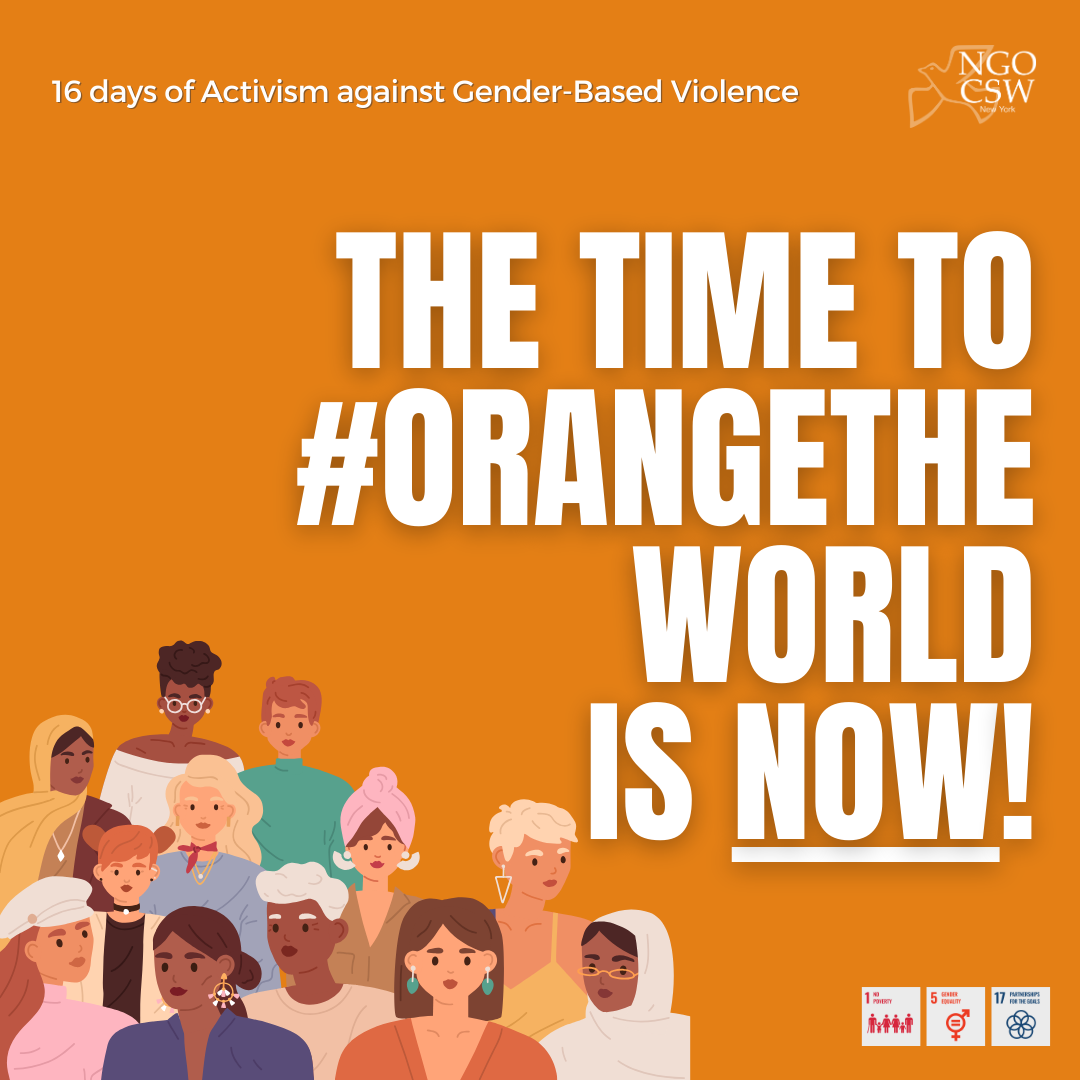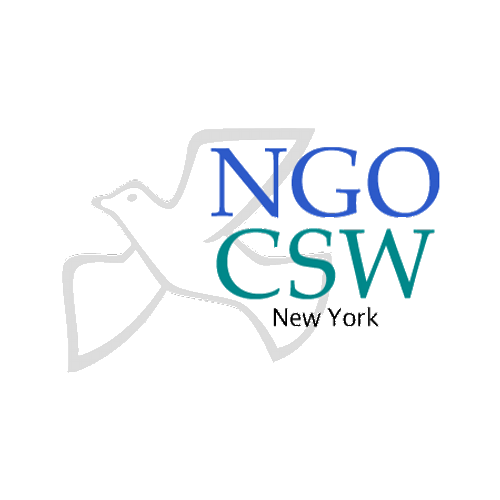
It is an injustice to women everywhere to ignore climate change.
Climate change is a threat multiplier; it escalates conflicts and worsens social, political and economic conditions all over. And what we’ve seen time and time again is that when conflict arises, women and girls are threatened with all forms of gender-based violence (GBV), from conflict-induced sexual violence to human trafficking.
The environmental degradation caused by climate change puts women and girls at heightened risk to GBV, too. Take Uganda, where worsened periods of drought mean that women and girls now must make more frequent and longer journeys to get water, making them more vulnerable to sexual assault along the way. The Human Rights Commission of Sierra Leone saw similar impacts; where “girls…are out in the street very late at night or as early as 4 a.m. in search of water,” which makes them particularly vulnerable to GBV.
Even in industrialized countries, climate change-induced natural disasters lead to an increased risk of domestic violence in rural regions. But it’s the already most burdened women – indigenous women, poor women, woman refugees – that are at greatest risk for increased GBV as climate change worsens. We owe it to the world’s women to combat climate change on all fronts.


